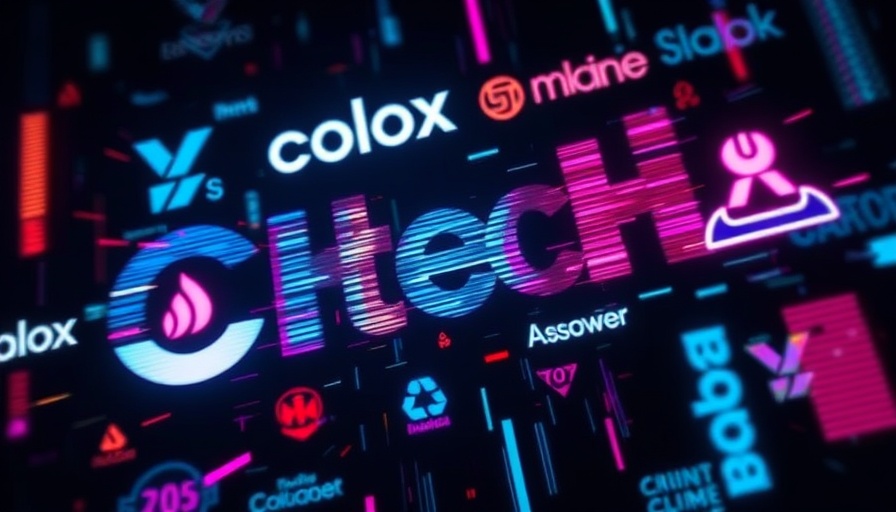
What is Vibe Coding?
The term "vibe coding" has emerged from the tech community to describe a new approach to programming facilitated by generative artificial intelligence (AI). This practice allows individuals—regardless of their programming background—to create websites and apps through intuitive interactions with AI tools. Instead of writing traditional lines of code, users can simply describe what they want in natural language, and AI systems like ChatGPT generate the corresponding code.
The Promise of Generative AI
Generative AI tools are increasingly sophisticated, allowing users to execute coding tasks simply by communicating. For instance, noted tech figures like Andrej Karpathy have showcased how users can "see stuff, say stuff, run stuff, and copy-paste stuff" while the AI does most of the heavy lifting. This represents a significant shift in how software development can be perceived, moving away from conventional coding practices to a more conversational form of programming.
Revolutionizing Coding Accessibility
The appeal of vibe coding lies in its potential to democratize programming, making it approachable for non-tech-savvy users. As Kevin Roose of the New York Times illustrated, merely having an idea coupled with patience could yield functioning websites and applications, sparking discussions about the future of coding in our increasingly digitized world. Platforms like Gemini Canvas and others are further pushing this envelope, showing that coding often involves critical thinking and creativity rather than technical expertise alone.
Job Implications in the Tech Sector
While the advancement of vibe coding heralds a new era for coding, experts are also sounding alarms about job displacement in the tech industry. Reports indicate that the trend has already contributed to job losses in IT sectors, with nearly 10,000 jobs shed in the U.S. as of February 2025, illustrating the far-reaching consequences of this technology. Professor Yangfeng Ji has noted that while coding may not become obsolete, the traditional roles focused solely on basic coding tasks may be at risk.
Challenges for New Users
However, it is essential to recognize that even with the apparent accessibility of vibe coding, many novices struggle to effectively utilize these tools. According to experts, understanding how to evaluate and implement AI-generated code requires some foundational knowledge in programming. This highlights a paradox: though AI simplifies coding, it does not entirely remove the need for coding literacy.
The Future of Vibe Coding
Looking ahead, vibe coding may serve as both a gateway and challenge for aspiring developers. As AI continues to evolve, the need for developers who can bridge the gap between idea and execution will become increasingly vital. Individuals who grasp the nuances of machine learning and AI, and not just programming, may find pressing opportunities in tomorrow's job market.
As vibe coding gains momentum, it encourages a re-evaluation of learning pathways in technology. Traditional educational resources may need to adapt to cater to this new digital landscape, emphasizing critical thinking and creativity over rote coding skills.
Ultimately, the rise of vibe coding symbolizes a significant transformation within the coding universe, signaling a future where collaboration with AI augments human creativity rather than replaces it.
 Add Row
Add Row  Add
Add 




Write A Comment